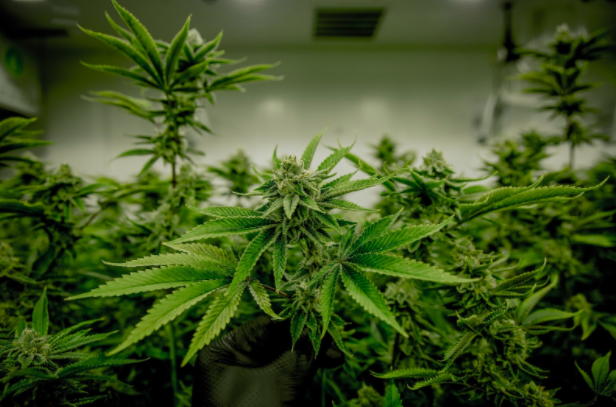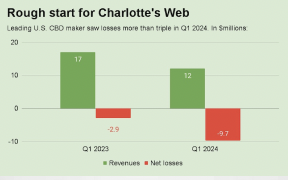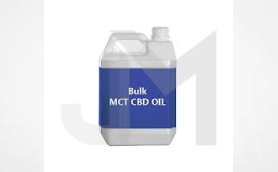A lot has changed in the past few years. Marijuana is legal in certain states, cultivation is being less crept-upon, and the overall culture is being elevated to a new level. Long gone are the days of hiding behind various draconian and long, unfair practices. These days, if the state allows, you can do what you want. You can plant what you want, you can cook if you want, and you can smoke what you want. The downside to all of these looser regulations is figuring out what to do with the plant. Good problems, right?
There is no guidepost on how to handle marijuana. So as much as it is legal, it is still the wild, wild west. How would you, the cultivator, handle the new crops? Even if you are a seasoned grower, how would you handle the new trends? If you’re new to this game, or are a seasoned veteran getting the fundamentals back, here are the four things you need to know before you plant that cannabis plant in your state.
1. Yield
The first thing you need to consider is volume. How much can you produce in a realistic period? It may seem like a bit of an in-depth look into operations, but it is a legitimate question. “How much product can you plant in the amount of time that you are promising?” This is the central question that’s in every grower’s mind. It comes down to good old’ horticultural practices. If you know the plant well, you will know the proper space to put it in because growing is not just about the plant. It is about the ground you plant it on.
The most popular workaround is using a hydroponic system. That is, in most professional cannabis reviews, the most effective way to maximize space. So take the square footage of your lot, assume the hydroponic system, and one can ensure a high-yield indoor environment on multiple planes, not just the ground.
2. Temperature and Setting
Handling different strains is a pretty big deal in the world of cannabis. It’s well known and extremely well documented that it grows around the world, mostly in warmer or temperate regions. But depending on what you’re growing, you can see shifts in production and yield based on the origins of the strain’s environment. Maui Wowie and White Widow, although fairly similar, originate from different parts of the world. Therefore the elicited outcome will be slightly different depending and where you’re trying to grow them. This, in turn, will affect yield. The key thing is to go for strains that originate in a similar climate as where you’re growing.
If you’re using a greenhouse or a grow-op warehouse, know that it is easier to make a place warmer than it is to cool it down. There is no such thing as cold, just the absence of warmth. Think about the cost of pumping heat out of a warehouse and how it will affect the overall cost of the operation.
3. Grow Patterns
When planting, one doesn’t just want to stick to one strain. Why would we do that? Even if it’s just for personal use, having multiple strains on hand to balance out what you need at a specific time is the whole point of having options. The issue is whether or not you can plant multiple strains together. Well, variety isn’t easy in horticulture. People have spent eons mastering it. When it comes to cannabis, you need to shift your thinking away from “strains” and closer to “grow patterns”.
This is where space comes in again. Having a good estimate for the height and width of the adult plant is key. Having them encroach on each other is a great way to limit the potential of each. So find different strains that have similar growth patterns but completely different effects. You can have a Sativa-dominant together with an Indica-dominant, granted that they have the same growth pattern. Luckily for us, the connoisseurs of the world have that mapped out.
4. Light
The amount of light you give the plants has a tremendous effect on how they grow. We’ve all seen people who have their potted plants in the closet. There’s a good reason for that. When you have a cannabis plant in the vegetative state, you’re going to want to keep them inside for most of the day. But when you’re getting into the flowering stage, restrict light even further. Restrict it to less than 12 hours in the light. Ideally, around 8. This will stimulate photosynthesis while at the same time, trigger the processes that allow it to grow more. The growth signal is activated in darkness, so manipulating that properly allows you to get more yield.
Planting cannabis, as it becomes more mainstream, is going to have a profound effect on the individuals involved. The early adopters will have more knowledge and, ultimately, more footing in bothers personal and professional cultivation. Knowing and remembering these four tips, no matter where you are in your cannabis journey, will keep you making beautiful, healthy, and fruitful buds. Enjoy.


















